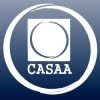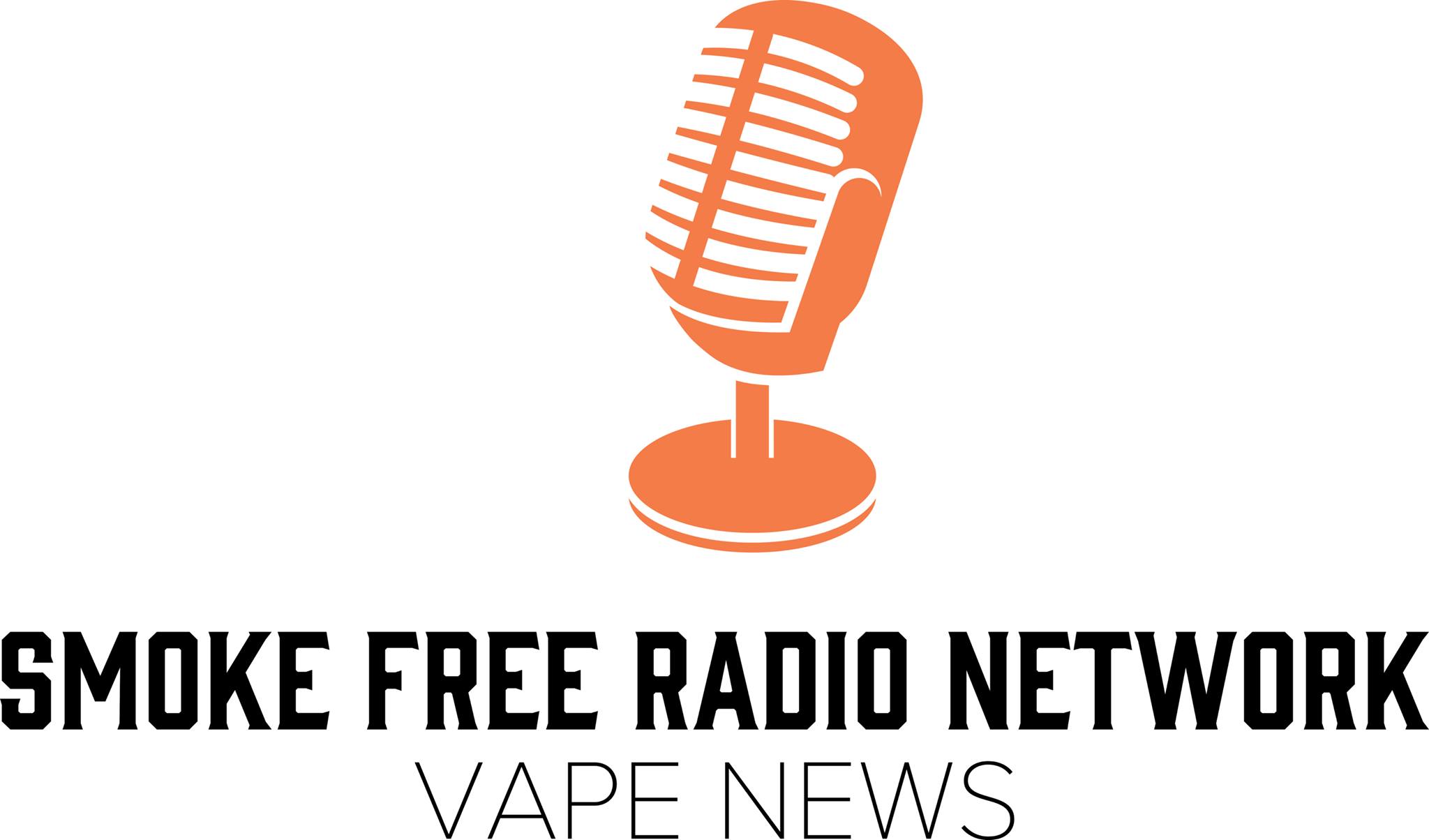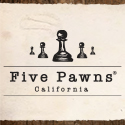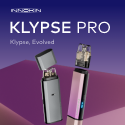VAPING NEWS: CANADA [Vape Tax]
“The Heart and Stroke Foundation of Canada has asked Premier Doug Ford’s government to include a tax hike between 20 and 30 per cent in its spring budget. The group’s senior manager of public affairs said a higher cost would make the addictive products unaffordable for teenagers while still allowing adults to use them to quit smoking. Ontario’s health minister has said she is growing increasingly concerned about the jump in youth vaping rates and has promised to announce further government action before the end of the month.”
ARTICLE LINK:
VAPING NEWS: U.S. SMOKING CESSATION
“There is not enough evidence to conclude that e-cigarettes helps smokers quit tobacco, a US government report said Thursday, as the vaping industry faces increased regulatory pressures. The advice is contrary to that provided by the British government, which classes e-cigarettes as a nicotine replacement therapy that makes smoking cessation attempts more likely to succeed. The report found that although cigarette smoking among American adults is at an all-time low (14 percent), it remains the leading cause of preventable disease, disability and death in the United States. Approximately 34 million American adults currently smoke cigarettes.”
ARTICLE LINK:
Not enough evidence that vaping helps smokers quit: US govt report
2020 SURGEON GENERAL REPORT:
VAPING NEWS: WEST VIRGINIA [Indoor Ban]
“A second West Virginia county has voted to ban the use of e-cigarettes and vapes inside public spaces. The Cabell-Huntington Health Department Board of Health unanimously adopted the regulation Wednesday. It bans the devices in public spaces such as restaurants and even vape shops. The ordinances bring e-cigarettes and vapes in line with existing bans prohibiting the use of cigarette and tobacco products inside businesses. The regulation goes into effect in 30 days.”
ARTICLE LINK:
VAPING NEWS: CANADA [Flavour Ban + Nic Cap + Vape Tax]
“Statement from the Council of Chief Medical Officers of Health on Nicotine Vaping in Canada. Federal action would be preferred to create national consistency, but individual provinces/territories can consider individual action: Ban all flavoured vaping products and then provide regulatory exemptions or market authorizations for a minimum set of flavours to support smokers who choose to use vaping to end or reduce their use of nicotine-containing products. Limit the nicotine content in vaping products, including pods, to a maximum of 20mg/ml (levels lower than this may further decrease the addictive potential for youth) and adopt other appropriate standards regarding nicotine delivery (e.g. temperature, use of nicotine salts) as evidence on vaping products evolves. Tax vaping products in a manner consistent with maximizing youth protection while providing some degree of preferential pricing as compared to tobacco products.”
ARTICLE LINK:
Statement from the Council of Chief Medical Officers of Health on Nicotine Vaping in Canada
VAPING NEWS: FEDERAL TAX USED FOR ANTI-VAPING GRANTS
“There’s evidence that federal tobacco research money is being abused. Take, for example, the case of Stanton Glantz, an influential professor at the University of California, San Francisco. For years, Glantz was known as an established and authoritative tobacco researcher, even bringing the university a five-year grant worth $20 million from the Food and Drug Administration and the National Institutes of Health in 2013 — a grant that he was reawarded in 2018. In the days before the grant was reawarded to Glantz, however, he paid $150,000 to settle a lawsuit filed against him by Eunice Neely, a former researcher in his lab. university investigation into the allegations found that Neely was not alone, discovering five other women who had experienced similar harassment from Glantz as far back as 2006. Unfortunately, he faced few repercussions from the university for his actions and was allowed to continue in his position while remaining a recipient of the FDA and the NIH grant worth millions.”
ARTICLE LINK:
Stop sending federal research tax dollars to serial harassers
VAPING NEWS: IOWA [Public Ban]
“Vaping would be subject to the same indoor prohibitions as cigarette smoking under a measure an Iowa Senate panel advanced Tuesday. The three-member Seante subcommittee voted unanimously to advance Senate Study Bill 3052, which would subject vaping to the prohibitions in Iowa’s Smokefree Air Act. Passed in 2008, the act bans smoking in certain public places and enclosed workplaces, including restaurants and bars, as well as some outdoor areas, including sports arenas, restaurant patios and the grounds of public buildings. Both the indoor prohibition bill and the age bill must now advance through a full Senate committee, then a vote of the full 50-member chamber, before going through the same process in the House. Also on Tuesday, another Senate subcommittee advanced a bill 3-0 that would raise the smoking and vaping age to 21″
ARTICLE LINK:
Iowa Senate panel approves ban on vaping in many public places, work areas, restaurants, bars
VAPING NEWS: BOULDER, COLORADO [Flavor Ban + 40% Vape Tax Passed]
“Boulder tobacco retailers starting in July will have to move through city licensing processes, after City Council unanimously approved new regulations Tuesday. With the new rules, the city also closed an exemption in its flavored nicotine vapor ban approved last year. The original rule allowed a retailer to sell vapor flavors separately from a nicotine solution, but Council updated the rule in an attempt to nix that. The new rules also put a voter-approved 40% sales tax on tobacco vapor into effect July 1.”
ARTICLE LINK:
Boulder gives final approval to tobacco licensing program, closing flavored vapor ban loophole
VAPING NEWS: IRVINE, CALIFORNIA [Flavor Ban]
“Irvine police may begin enforcing the law against underage tobacco use, up to and including confiscating vaping devices, as part of a broader effort to make the city smoke-free. While smoking cigarettes and vaping are already illegal in California for people under 21, Irvine’s new rule would specifically allow local police to enforce the law and provide them tools to do so, City Attorney Jeffrey Melching said. The City Council will give the rule a second vote (which is typically procedural) on Jan. 28, and if it’s approved, enforcement would begin 30 days later. But officials indefinitely postponed a proposed ban on selling flavored tobacco products, after several small business owners said it would devastate their livelihood. Council members asked for more information on the city’s vaping businesses and the economic impact of a ban, but did not set a date to revisit the issue.”
ARTICLE LINK:
Irvine looking at flavored tobacco products in anti-smoking push
VAPING NEWS: NEW JERSEY [Flavors Banned]
“The sale of flavored vaping products is banned in New Jersey under legislation Democratic Gov. Phil Murphy signed Tuesday. The law bars the sale, offer for sale and distribution of flavored vaping products, but it doesn’t prohibit possession. A retailer that violates the prohibition faces a civil penalty of at least $500 for the first violation, at least $1,000 for a second violation, and at least than $2,000 for third and later violations.𝗧𝗵𝗲 𝗯𝗮𝗻 𝘄𝗶𝗹𝗹 𝘁𝗮𝗸𝗲 𝗲𝗳𝗳𝗲𝗰𝘁 𝗶𝗻 𝗔𝗽𝗿𝗶𝗹.”
ARTICLE LINK:
VAPING NEWS: P.E.I., CANADA [Flavour Ban]
“Consultations are underway for regulating vaping product sales on P.E.I., but Health Minister James Aylward says he has made up his mind on one thing. Flavoured vape juice will be banned in the province. “We did it with flavoured tobacco, we’re going to do it with flavoured vaping as well,” Aylward told CBC’s Island Morning. “I won’t be swayed.” 𝗖𝗼𝗻𝘀𝘂𝗹𝘁𝗮𝘁𝗶𝗼𝗻𝘀 𝗼𝗻 𝗿𝗲𝗴𝘂𝗹𝗮𝘁𝗶𝗼𝗻𝘀 𝘄𝗶𝗹𝗹 𝗴𝗼 𝗼𝗻 𝗮𝗯𝗼𝘂𝘁 𝗮𝗻𝗼𝘁𝗵𝗲𝗿 𝘄𝗲𝗲𝗸, said Aylward, and he expects to have draft regulations by early March, and those could be in force as soon as the end of that month.”
BILL TARLING – It’s rather insulting that, even with accepting ‘public consultation’, he states that he will not be swayed regardless to change his mind… proof that he gives public input or scientific consultation absolutely no consideration in his anti-vaping agenda
ARTICLE LINK:













 Store
Store












